Main
to innovative
medical technology
메디컬에이아이의 미션과 비전은 언제 어디서나 혁신적인 의료 기술과 사람을 연결하여, 치료 및 예방 가능한 질환을 극복함으로써 인류가 지속 가능한 건강한 삶을 영위할 수 있도록 하는 것입니다.
의료 현장에서 필요한
의료 인공지능 기술의 근거 발견
전임 근무 전문의 4인을 비롯한 메디컬팀 13인
새로운 기술의 발굴과
정확한 구현,
효율적이고 안정적인 구동
AI 연구자와 SW 개발자 23인 보유
최고의 연구 및 개발/구동을 위한
국내 최고 수준의 인프라
100페타플롭 슈퍼컴퓨터 인프라 자체 구축
다양한 질환으로의 연구 확대에
따른 플랫폼의 확장성
단일 플랫폼 내 다양한 질환 예측 결과 확인 가능
Notice
총 6건의 공지사항 전체보기PRODUCT

의료인 간 심전도를 전송하고 판독 결과를 조회할 수 있는 원격 협진 플랫폼
도입 문의 >>
1차 분류자와 2차 판독자가 심전도를 분석할 수 있는 플랫폼

심전도 데이터를 인공지능이 분석하여 특정질환의 가능성을 점수와 위험도로 표시하는 소프트웨어 의료기기

스마트 워치/휴대용 심전도 측정 기기로 측정한 1유도 심전도를 업로드, 의료진 판독을 받을 수 있는 1등급 유헬스케어 게이트웨이 소프트웨어
EXPERTISE
-
 EXCELLENT
EXCELLENT
TEAM -
 EXTRAORDINARY
EXTRAORDINARY
AI TECHNOLOGY -
 HIGH QUALIFIED
HIGH QUALIFIED
MULTI-CENTER
HOSPITAL
-
 100 +
100 +Petaflops
GPU -
 4 +
4 +Medical
Specialists -
 43 +
43 +MED/AI/SW
Expert -
 3.3M +
3.3M +Trained
ECG Data -
 15 +
15 +World-first
ECG AI analysis -
 30 +
30 +SCI AI ECG
papers
NEWS
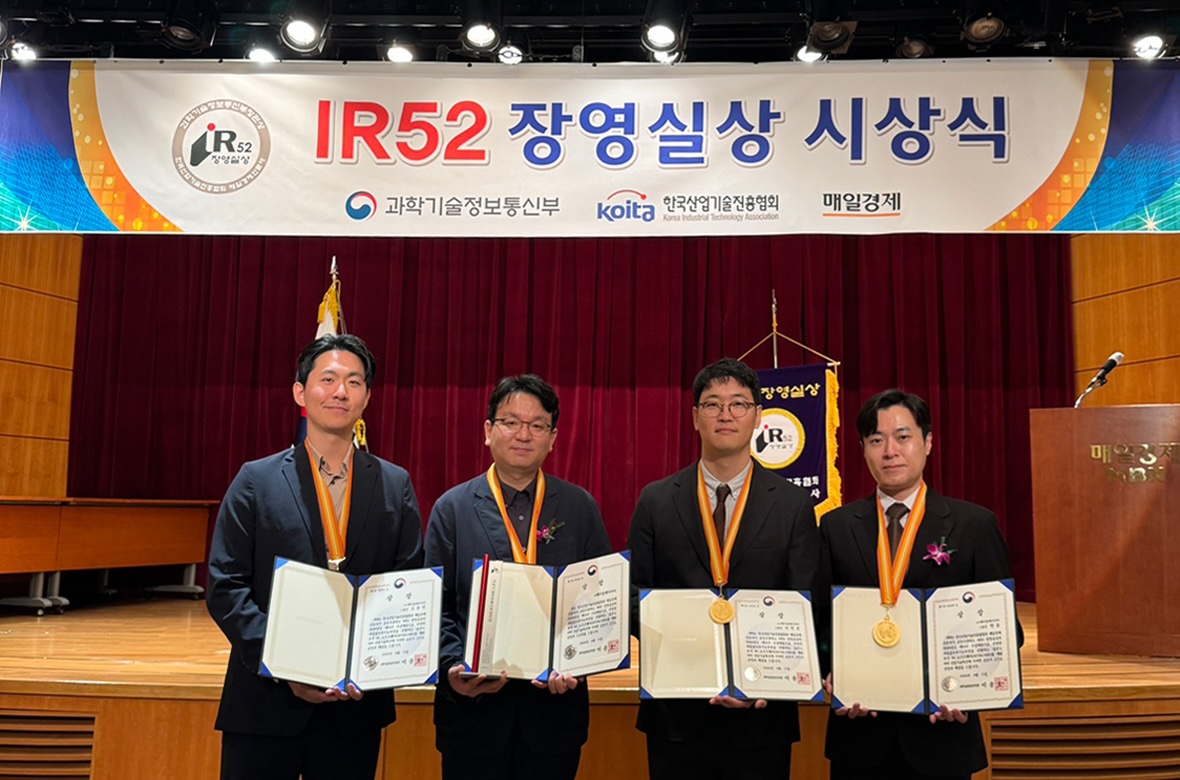
- 과학기술정보통신부가 주최하는 IR52 장영실상은 1년 52주간 매주 1건씩 우수 신기술 제품을 선정해 시상
- 10초 내외면 측정이 가능한 심전도만으로 심부전 가능성을 확인할 수 있어 기존의 검사 방법의 한계점을 극복
- 권준명 대표 “미국을 비롯한 글로벌 시장 진출에도 속도를 낼 예정”
<이데일리> 2024.04.15 10:11

- AiTiA LVSD의 진단 정확도는 91.9%로, 혈액검사의 정확도가 72.0%보다 훨씬 더 신뢰도가 높음
- 권준명 대표 "간단하게 심부전을 검진할 수 있는 'AiTiA LVSD'를 통해 치료 골든타임을 놓치지 않게 될 것"
<매일경제> 2024.04.14 16:49
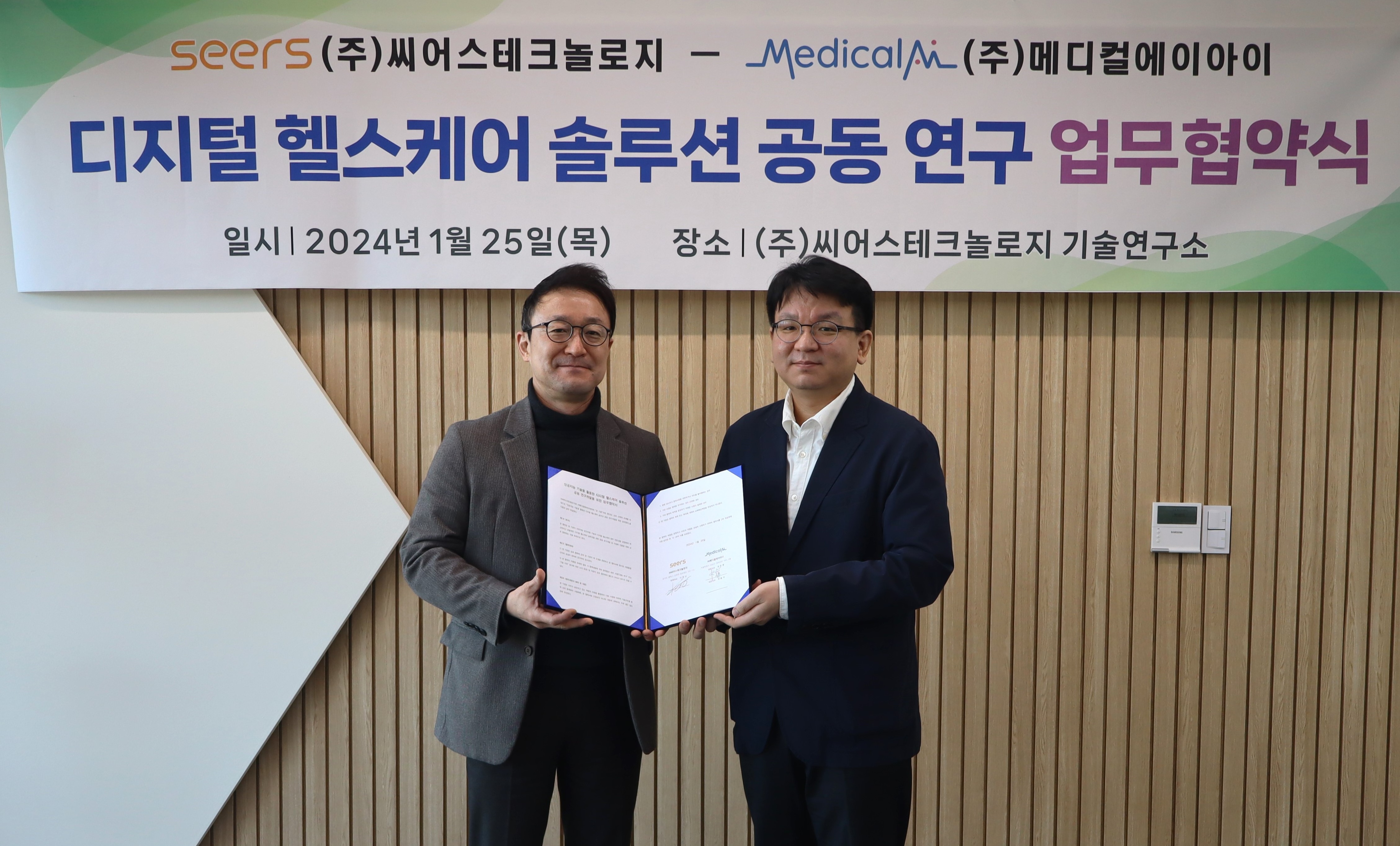
- 양사는 각자 보유한 역량과 자원을 활용해 심전도 등 생체신호 모니터링을 활용한 혁신적인 인공지능 알고리즘을 개발하고 이를 활용한 사업화 솔루션 확보까지 디지털 헬스케어 분야에서 시너지를 창출
- 권준명 대표 “생체신호 영역에서 가장 앞선 양사의 협력으로 의료와 헬스케어를 혁신하고, 이를 통해 더 많은 사람을 건강하게 하며 나아가 새로운 시장을 창출할 것으로 기대한다”
<이데일리> 2024.01.29 09:05
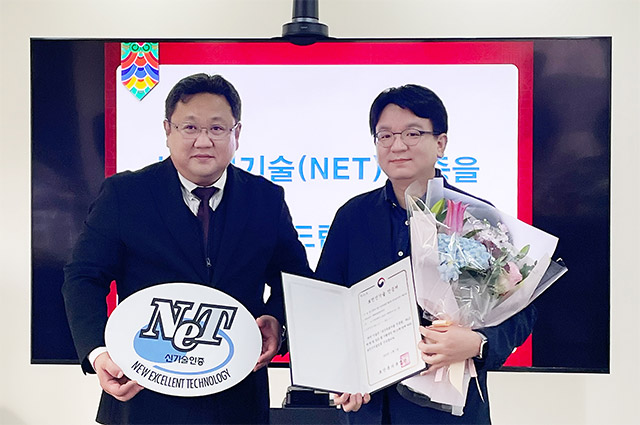
- '심전도 분석 알고리즘을 활용한 급성심근경색 선별기술’은 비침습적인 방법으로 시행, 분석 의뢰 후 수초 내 결과 확인- 보건신기술은 국내 최초로 개발된 보건 분야 신기술 중에서 그 우수성을 검증해 인증하는 제도
- 권준명 대표 “기술 인증 실적을 평가 항목으로 삼는 기술특례상장에서도 긍정적 요인으로 작용할 것”
<디지틀조선일보> 2023.12.11 11:05
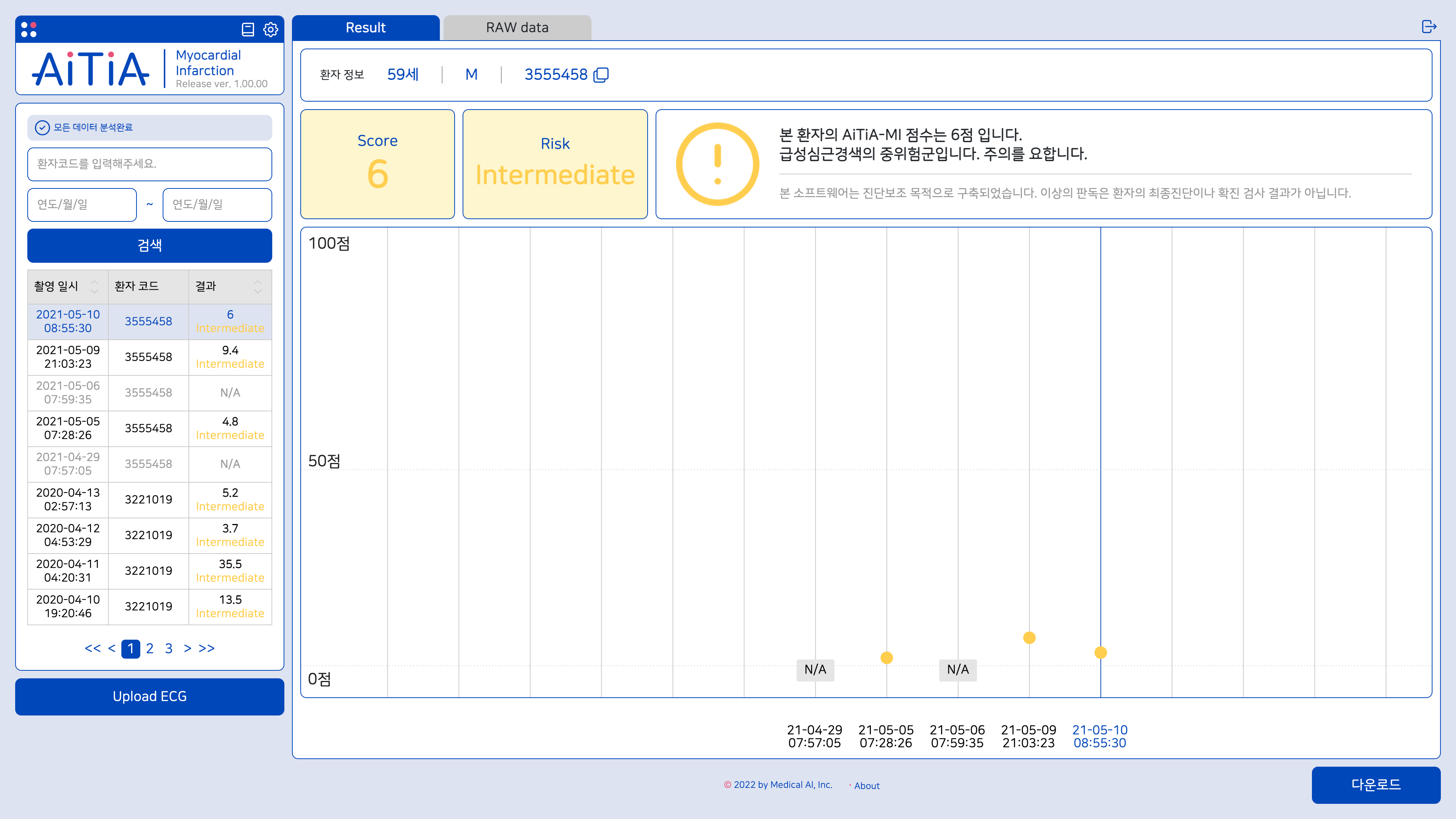
- 국내 첫 심근경색 선별 소프트웨어(SW)를 이르면 내년 상반기에 의료현장에서 볼 수 있을 전망
- 앞서 지난 9월 식약처는 '에티아 엠아이'를 제45호 혁신의료기기로 지정
- 에티아 엠아이는 인공지능으로 ‘12채널 유도 심전도’를 분석해 급성심근경색의 가능성을 점수(0~100점)와 위험도(저위험군·중위험군·고위험군)를 표시해 의료진의 진단 결정을 보조하는 국내 첫 제품이다.
<뉴시스> 2023.11.13 11:21
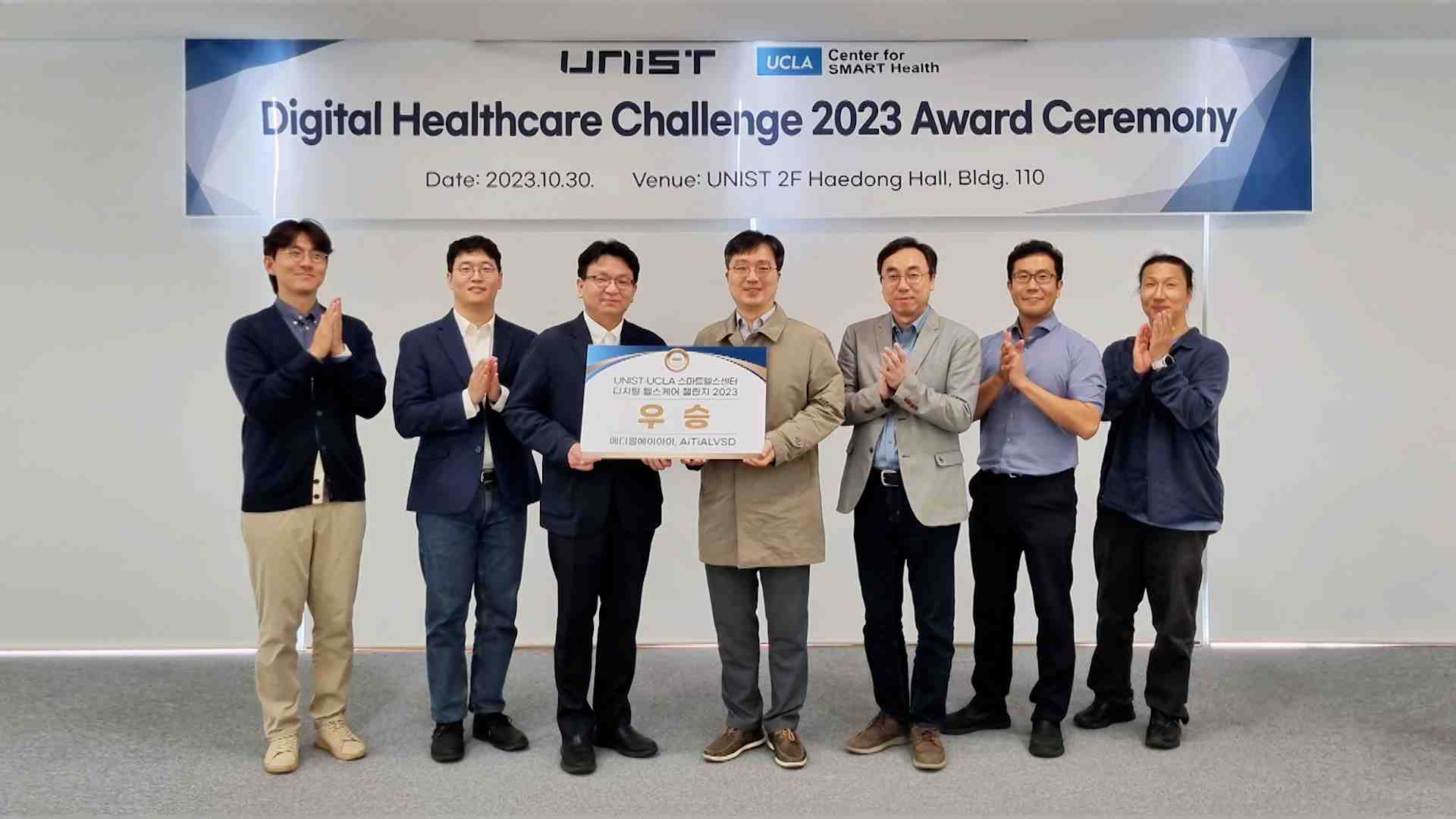
- 유니스트는 의사가 못하는 일을 인공지능기술로 실현해 냈다는 점에서 기술의 혁신성이 뛰어났다고 평가
- 메디컬에이아이의 디지털 헬스케어 솔루션인 'AiTiALVSD'는 심부전 조기 발견 프로그램이다. AI가 심전도 데이터를 분석해 좌심실수축기능부전 가능성을 점수로 알려주는 방식
<울산MBC> 2023.10.30 19:00

- 산모로부터 측정한 12 유도 심전도를 분석해 '주산기 심근증'을 예측한 인공지능의 성능을 확인
- 메디컬에이아이가 개발한 심부전 선별 소프트웨어 AiTiALVSD(에티아엘브이에스디)를 사용
- 97.9%의 정확도(AUROC)로 '주산기 심근증'을 선별. 양성예측도는 44%, 음성예측도는 99.4%
<팜뉴스> 2023.10.30 08:57
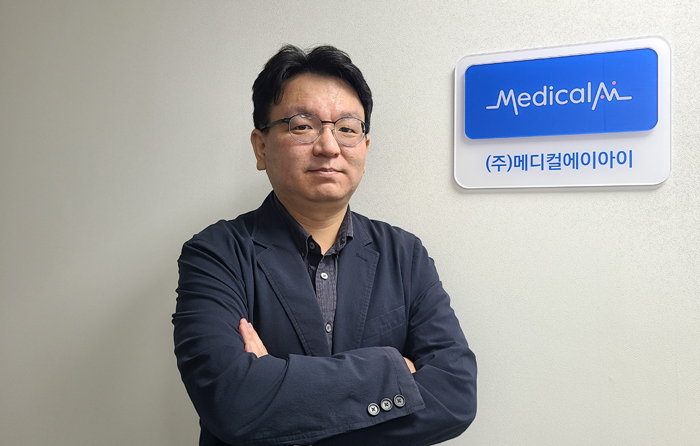
- 인공지능 심전도 판독 기업을 창업한 권준명 메디컬에이아이 대표(심장학회 스마트헬스연구회 이사/대한디지털임상의학회 산학연 이사)를 만나 인공지능의 현재와 의료 영역에서의 향후 활용성 등에 대해 들었다.
- "인공지능 심부전 검사의 정확도는 92%에 달하고 검사 비용은 심초음파 대비 1/3~1/4에 불과하다. 즉시 결과를 알 수 있어 고위험군을 선별해 정말 심초음파가 필요한 환자들만 검사를 받게 한다면 이는 환자와 건강보험재정 절감 모두에 효용이 될 수 있다."
< 메디칼타임즈 > 2023.10.25 05:30

- 갤럭시 워치 연동 심전도 분석 서비스 '하트세이브'를 체험한 뒤 쿨(Cool) 감탄사
- '하트세이브'는 갤럭시 워치로 30초 동안 심전도를 측정하면 판독 결과를 모바일에서 확인할 수 있는 앱
- 의료 인공지능 전문기업 '메디컬에이아이'가 개발한 '하트세이브'는 올해 의료기기 인허가를 마친 뒤 출시
<머니투데이> 2023.10.16.17:27
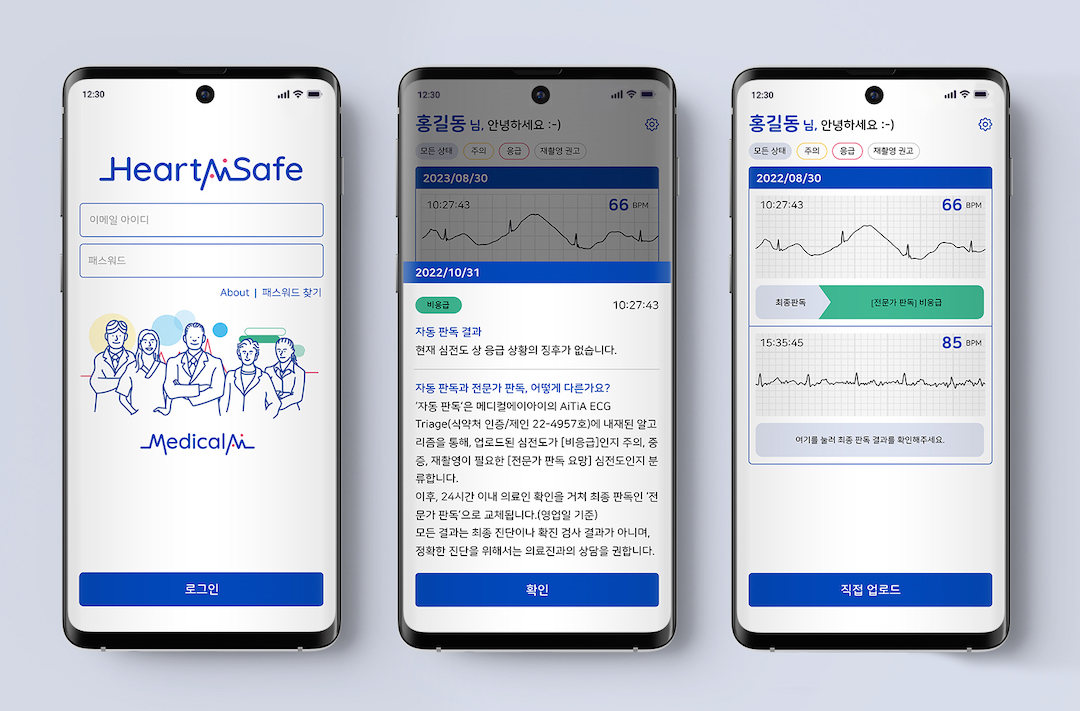
- 심전도 판독 서비스 앱 ‘하트세이프’는 스마트워치 등을 통해 측정한 심전도를 의료기관에 전달하며 사용자에게는 심전도 분석 결과를 알려준다. 하트세이프 앱을 통해 심전도 판독을 의뢰하면 인공지능(AI) 기술로 분석한 결과가 제공되며 추가로 병원에서 근무하는 심전도 판독 전문 의료진이 판독한 결과도 확인할 수 있다.
<라포르시안> 2023.10.12 11:35

- AiTiMI는 AI로 심장의 전기적 활동인 심전도 데이터를 분석, 급성심근경색의 가능성을 점수와 위험도로 표시해 급성심근경색을 선별함으로써 의료진의 진단 결정을 보조하는 국내 첫 제품
- 기존 혈액 검사나 관상동맥조영술보다 빠르게 피부에 상처를 내지 않고 급성심근경색을 선별할 수 있어 향후 신속한 진단이 가능해질 전망
<연합뉴스> 2023.09.27 10:21

- AiTiALVSD는 현재 NECA로부터 혁신의료기술로 지정받은 상태. 혁신의료기술로 지정받으면 비급여 혹은 선별급여로 3~5년 동안 의료 현장에서 사용된 뒤 신의료기술 재평가를 통해 급여 지정 여부가 정해진다.
- 권준명 메디컬에이아이 대표는 혁신의료기술 지정은 신의료기술 평가유예 제도보다 엄밀하고 까다로운 검증 과정을 거쳐야 인증받을 수 있다고 강조한다. 이 때문에 향후 급여 심사에서도 보다 유리한 고지에서 심사를 받을 수 있다는 설명이다.
<이데일리> 2023.09.26 10:00
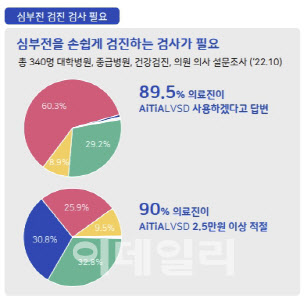
- 'AiTiALVSD'는 현재 의료 현장에 조금씩 도입되는 단계며, 비급여 가격을 산정하고 있다
- 권준명 메디컬에이아이 대표 “심부전을 진단할 마땅한 검사가 없는 상황. 병원 입장에서도 추가 인건비가 들지 않는 우리 프로그램을 사용하고 싶어한다”
<이데일리> 2023.09.26 10:00

- 권준명 대표는 서울대 의과대학을 졸업하고 응급의학과 전문의로 10년 간 의료 현장에 몸 담아와
- 바디프랜드는 세종병원과 오랜 기간 공동 연구를 통해 7만 건 이상의 심전도 데이터를 구축했으며 심혈관질환을 진단하는 AI 개발에 관한 학술 논문도 발표
- 메디컬에이아이 경쟁력은 ‘맨파워’에 있다고 해도 과언이 아니다. 권 대표를 포함해 4명의 서울대 의대 출신 전문의가 함께하고 있다.
<이데일리> 2023.09.26 10:00
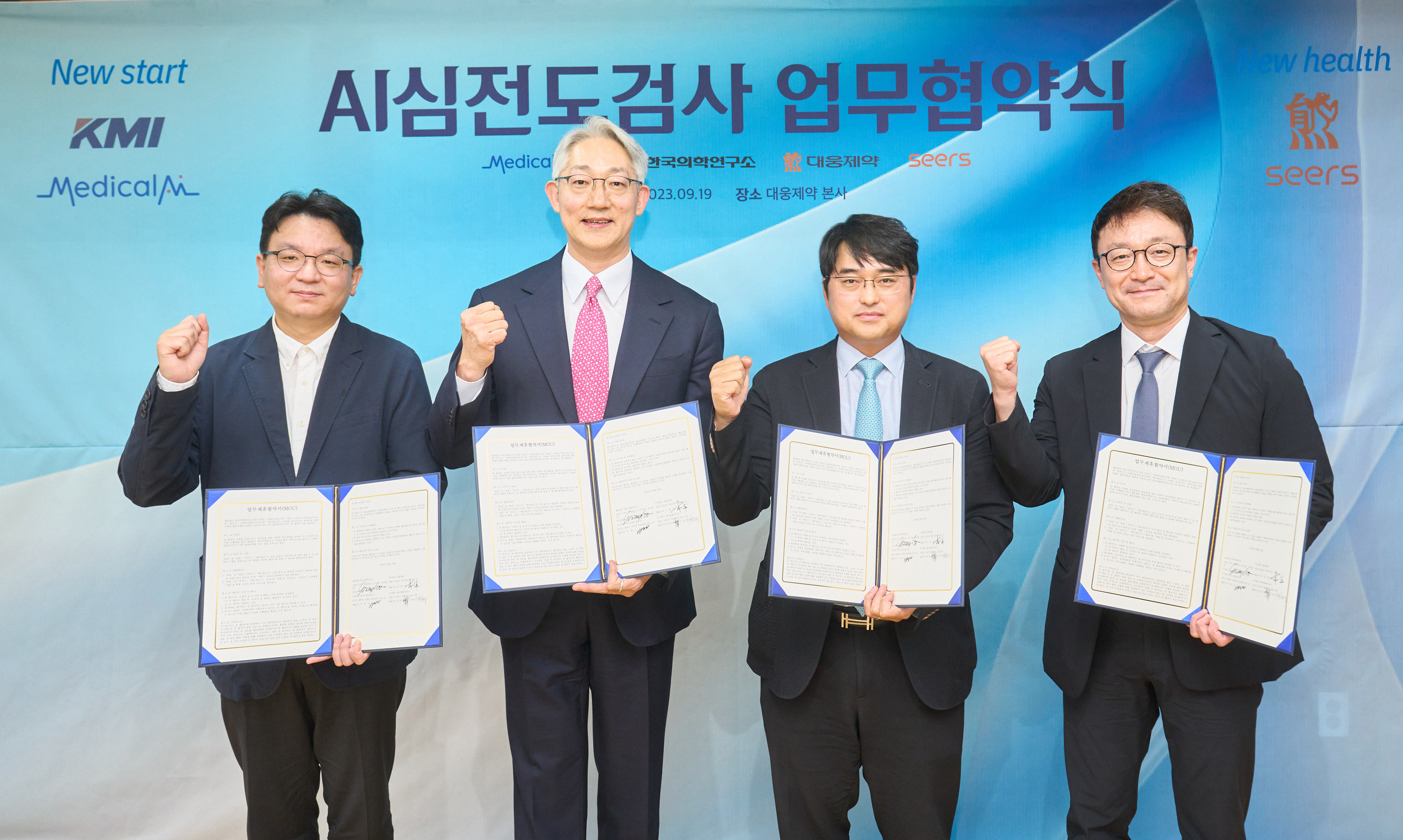
- 내년 1월까지 전국 KMI 건강검진센터에 심전도 분석 인공지능 소프트웨어 ‘AiTiALVSD’를 공급 완료
- 그동안 ‘의사가 할 수 없는 일’을 인공지능 기술로 실현한 기술이라는 점에서 의미가 크며, ‘의사도 할 수 있는 일’을 더 효율적으로 구현한 AI 소프트웨어와는 차이가 있다고 설명했다.
<디지틀조선일보> 2023.09.21 10:18

- 바디프랜드는 메디컬에이아이와 오랜 기간 공동개발해 온 심전도 측정 안마의자를 내년 출시할 예정
- 메디컬에이아이의 대표 제품 'AiTiALVSD’는 정확도가 높고, 검사 방법도 간단해 의료진들이 선호하는 의료기기로 입소문
<이데일리> 2023.09.22 08:15
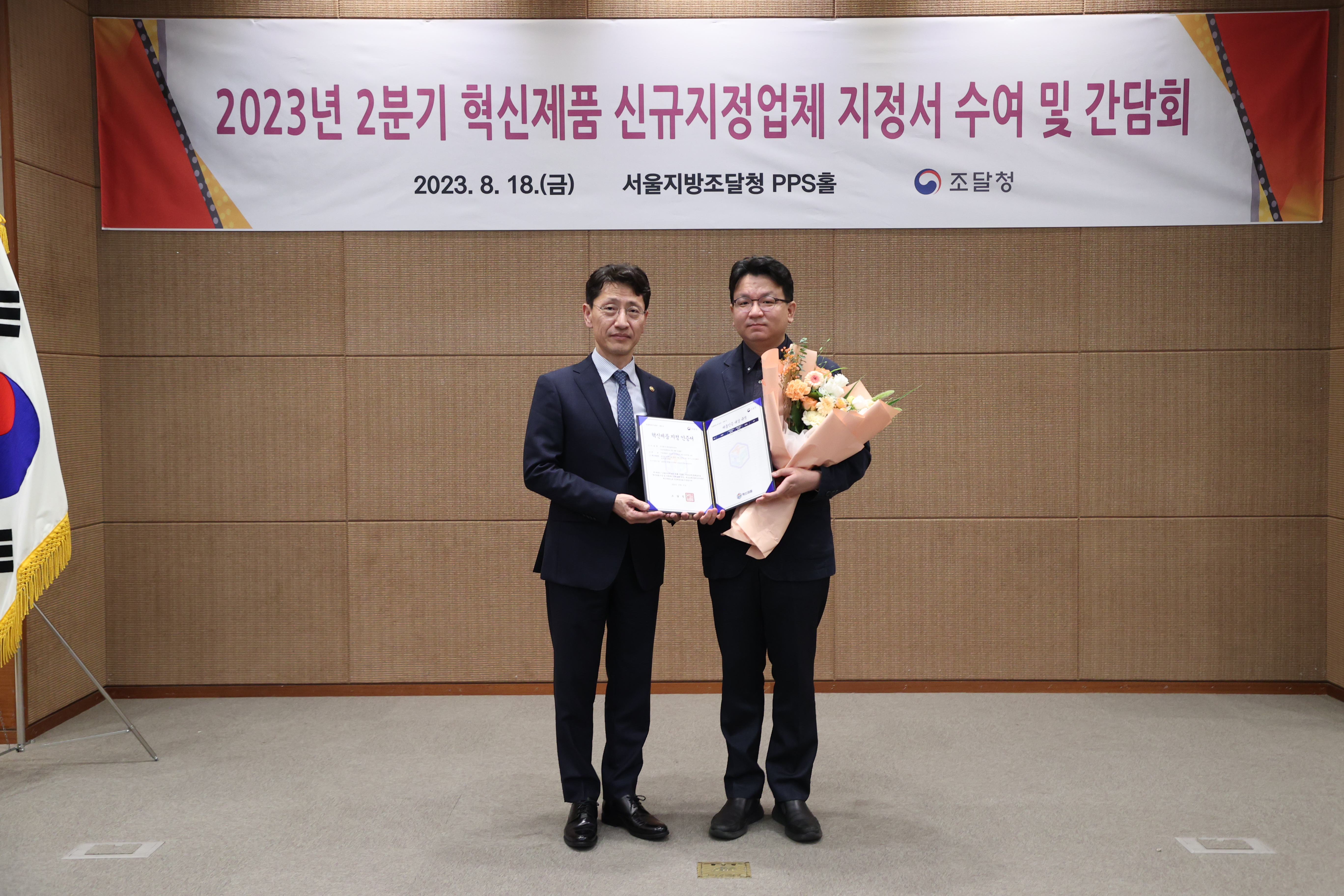
- 3년간 공공기관에 경쟁입찰 없이 수의계약으로 공급 가능
- 권준명 대표 “혁신제품 지정으로 공공의료기관에서 사용될 기반 마련”
<뉴시스> 2023.08.23 09:51
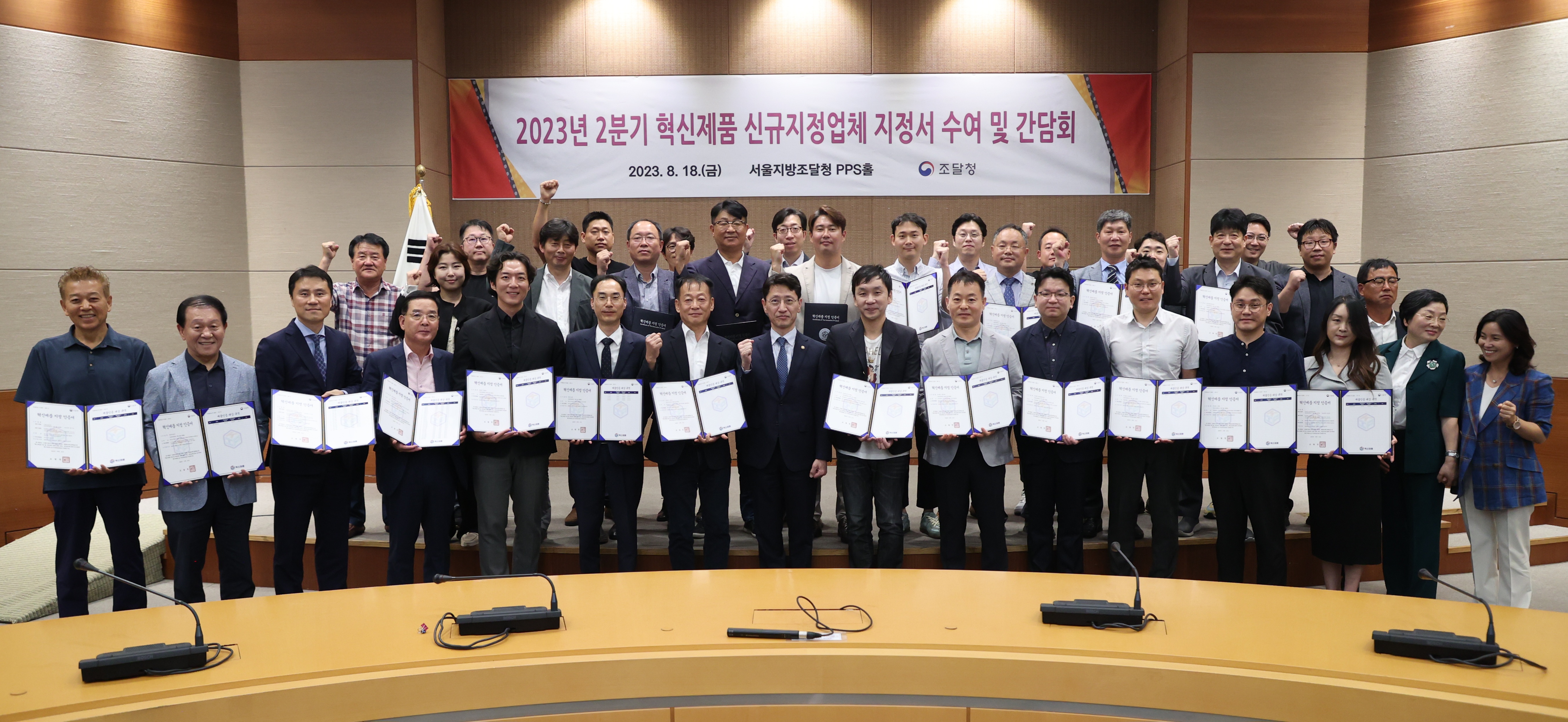
- AI 분야 혁신제품으로는 메디컬에이아이의 심전도 AI 분석 소프트웨어 ‘AiTiALVSD’ 선정
- 조기 발견 어려운 좌심실수축기능부전을 AI 기술을 통해 정확도(AUROC) 91.9%로 선별 가능
<데이터넷> 2023.08.20 15:35
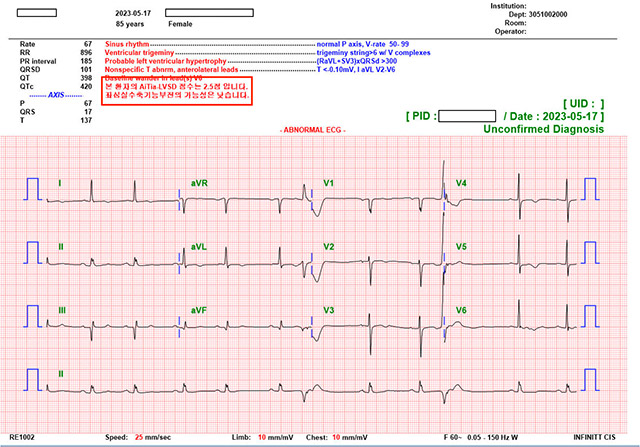
- 병원 임상 현장에서의 사용도 포함되어, 건강검진부터 임상 사용까지 연결된 서비스를 검토 중
- 권준명 대표 “올해 품목허가 후 약 2개월 만에 건강검진센터와 계약 후 실제 도입까지 이뤄진 것”
<디지틀조선일보> 2023.05.30 11:34
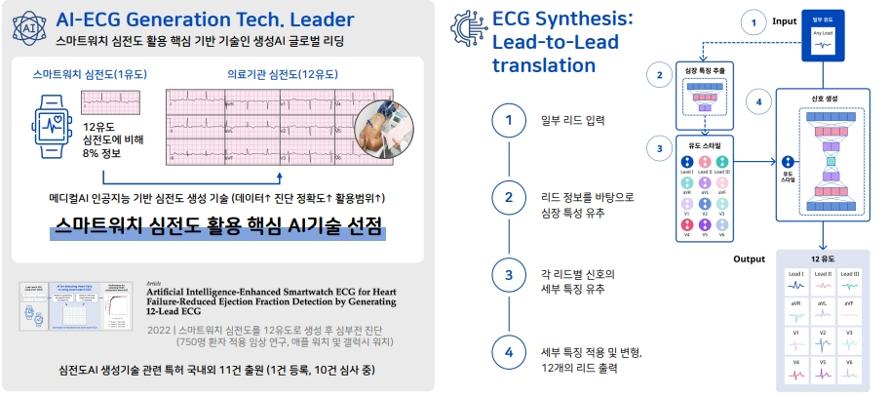
- 메디컬에이아이 권준명 대표이사, AiTiALVSD의 개발 과정과 특장점, 향후 사업확장 계획 소개
- ”AiTiA 진료현장서 만날 수 있어...미국 진출은 메이요보다 후발주자지만 FDA 510(k) 활용해 비용·시간 절감”
<메디게이트뉴스> 2023.05.06 09:59
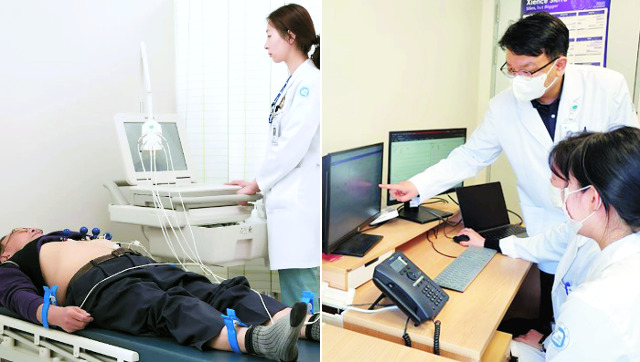
- 내·외과 의원, 2차병원 등 15개 기관이 판독센터의 문을 두드리며, 5만여건의 판독 서비스가 이뤄져
- 권준명 대표 “1년여간은 시범적으로 무료 서비스를 제공했다. 오는 7월부터는 유료로 전환할 계획“
<국민일보> 2023.05.01 20:27
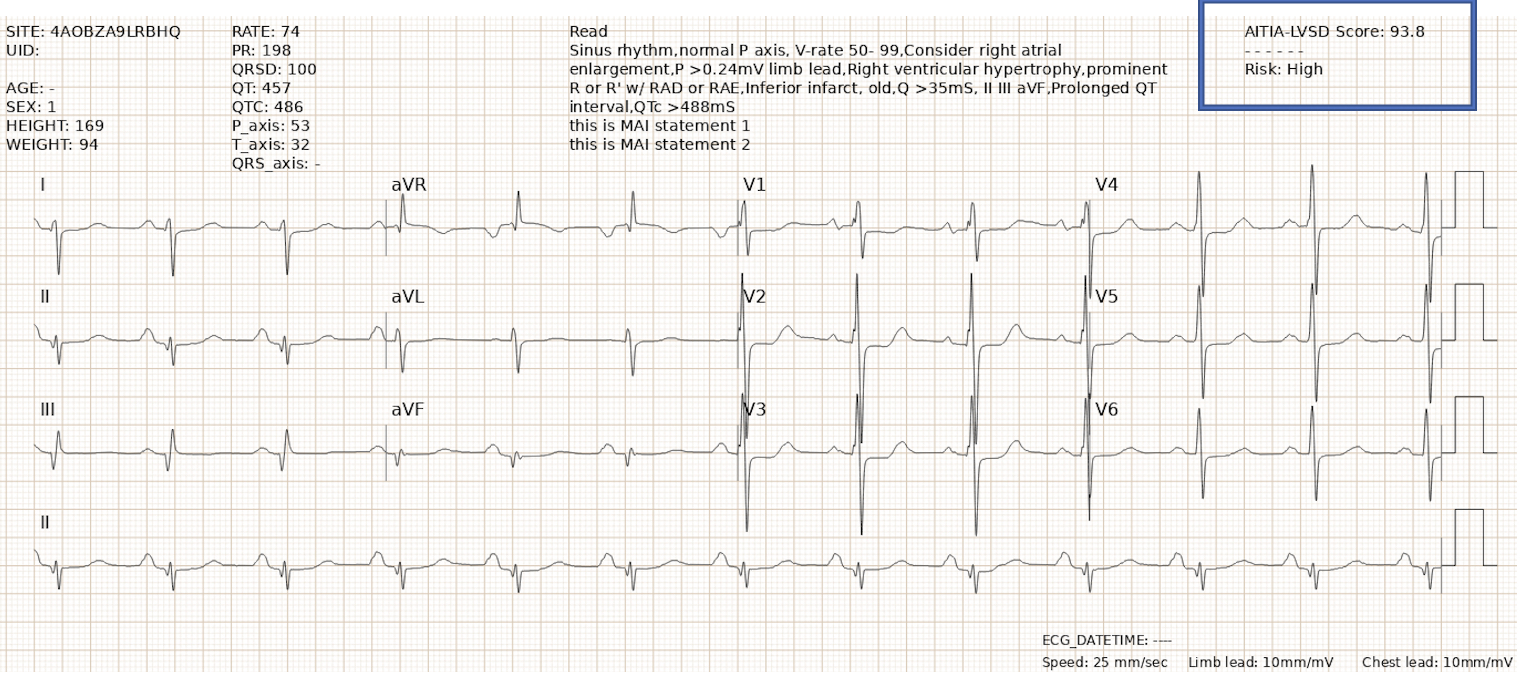
- 심전도 인공지능 분석을 통해 좌심실수축기능부전을 선별하는 AI 소프트웨어
- 오는 8월부터 3년간 오는 8월부터 종합병원 및 상급종합병원에서 비급여 혹은 선별급여 형태로 사용 가능
<디지틀조선일보> 2023.04.28 11:04
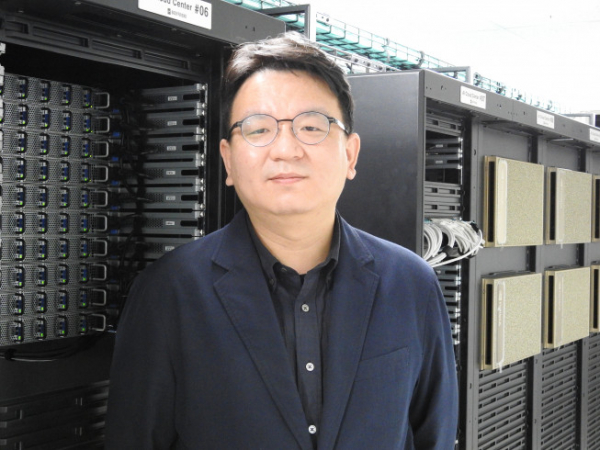
- 서울대 의과대학을 졸업하고 응급의학과 전문의로 환자 진료하며 공학도로서의 꿈을 갖고 코딩 공부
- 2019년 메디컬에아이이를 설립하며 본격 사업에 나섬
- “의료기관에서 범용적으로 쓰이는 심전도 검사를 활용해 질환을 조기 진단하면 골든타임을 지키고 많은 생명을 살릴 수 있다고 생각”
- “전 직원이 모두 시리즈 A에 투자한다고 했다. 기업의 가능성에 대해 모든 직원이 이해하고 있다는 의미”
< 이투데이 > 2023.04.25 05:00

- 보건복지부가 주최, 한국보건산업진흥원 주관 ‘보건의료기술진흥 유공자 정부포상’은 보건의료 연구 개발에 뚜렷한 공적을 세운 연구자를 선정
- 전문의로서 진료라는 본연의 업무를 수행하는 동시에 의료 인공지능 분야에서 세계적 선도 연구를 수행하여 대한민국 의료 인공지능 과학 발전에 기여한 공로
<의학신문> 2020.12.23 15:30
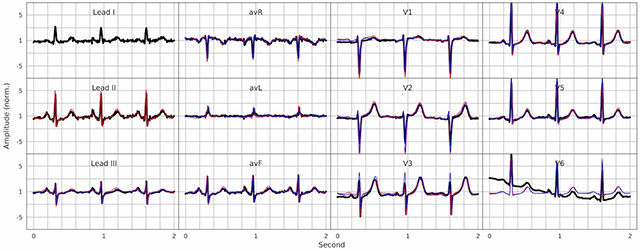
- ‘ECGT2T’는 2개 리드의 심전도만으로 나머지 10개 리드의 심전도를 합성해 12 리드 심전도를 구성하는 기술
- 실제 환자로부터 측정한 심전도와 비교해보니 시간의 오차는 15밀리초, 진폭의 오차는 10% 미만
- 권준명 대표 "헬스케어 생성형 AI의 탄생을 전세계 연구자들 앞에서 알리는 중요한 의미"
<디지틀조선일보> 2023.04.18 09:48
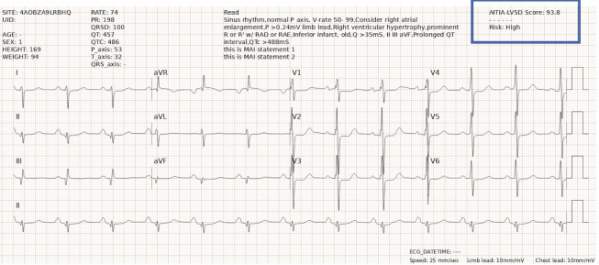
- ‘AiTiALVSD’는 환자의 심전도를 입력하면 AI 분석을 거쳐 LVSD 가능성을 점수로 알려주는 소프트웨어 의료기기
<이투데이> 2023.04.17 15:39

- 동구바이오제약은 메디컬에이아이의 모든 소프트웨어 제품군을 공급받고, 전국의 모든 요양기관에 메디컬에이아이의 제품 마케팅과 판매 진행
- ‘AiTiALVSD’는 의료기관에서 측정한 심전도를 인공지능 분석해 기존 의학에서 진단할 수 없었던 심부전을 진단하는 소프트웨어
<이투데이> 2023.04.05 09:13
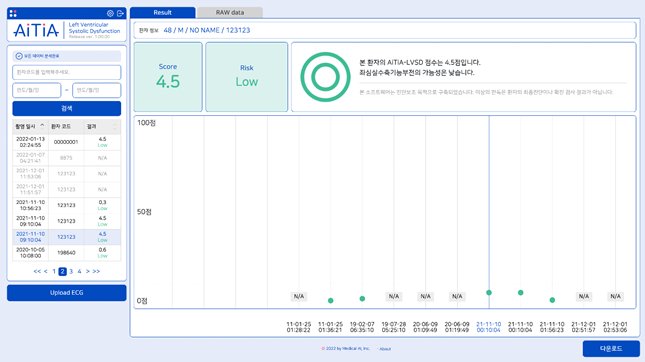
- 심부전은 심장의 수축 기능 혹은 이완 기능이 감소하는 병으로, 증상이 모호하고 서서히 악화해 조기 발견 어려워
- AiTiALVSD의 정확도(AUC 기준)는 91.9%였으며, 이는 혈액검사(NT pro-BNP)의 72.0%보다 높은 수치
<머니투데이> 2023.03.30 16:56

- 심부전 심전도분석소프트웨어(메디컬에이아이), 뇌동맥류 뇌영상검출·진단보조소프트웨어(딥노이드), 뇌출혈 뇌영상검출·진단보조소프트웨어(코어라인소프트)
- 메디컬에이아이의 ‘심부전 심전도분석소프트웨어’는 좌심실수축기능부전을 진단 보조하는 첫 제품으로 기존 검사법보다 신속하게 심부전을 진단
<뉴시스> 2023.03.27 17:28:56
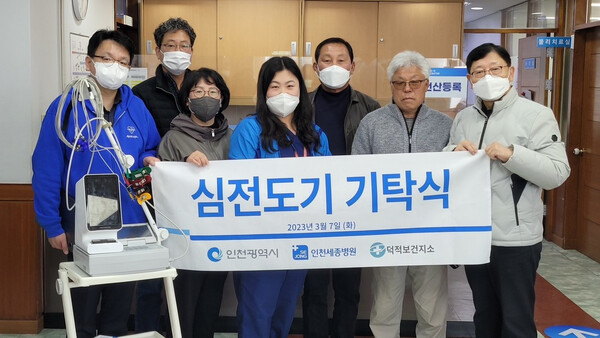
- 의료취약지인 옹진군은 도서지역 특성상 노령인구 비율이 전체 인구의 30%에 육박
- 심전도 전송 및 판독 시스템을 현장에 적용해 국내 병원들을 대상으로 심전도 판독 센터를 운영 중
<의학신문> 2023.03.08 22:49

- 메디컬에이아이는 보건복지부 지정 심장전문병원인 세종병원과 손잡고 원격 판독센터 정식 서비스를 운영 중
- 세종병원에서 스핀오프한 스타트업으로, AI 기술로 심전도를 분석하고 24시간 이내 심정지를 예측할 수 있는 기술 보유
<뉴시스> 2023.02.10 08:05:46

- 메디컬에이아이와 엔케이글로벌홀딩스의 ‘재외국민 대상 비대면 진료 서비스’가 임시허가
- 의료인 간 심전도를 전송하고 다양한 분석 소프트웨어를 통해 분석 결과를 조회할 수 있는 원격 협진 플랫폼
<청년의사> 2022.12.13 05:26
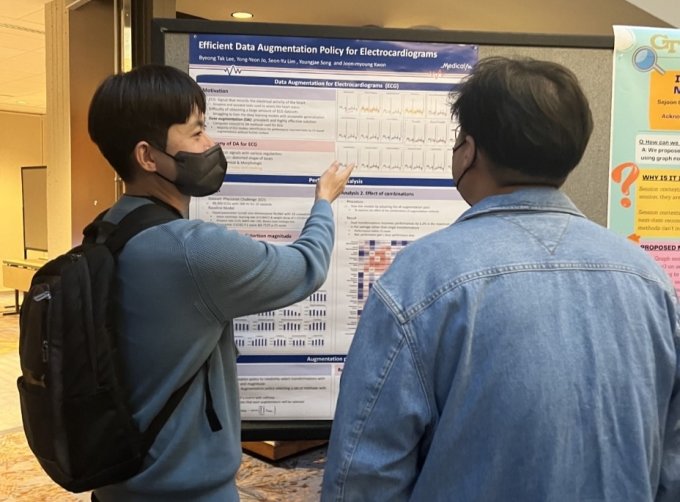
- 심전도 분석에 적합한 귀납적 편향 전달 기법과 이를 활용한 네트워크를 개발
<머니투데이> 2022.10.27 18:33

- 서울대병원 순환기내과에서 근무하다 지난 3월 메디컬에이아이로 자리를 옮긴 이학승 박사 'Novel Electrocardiogram Generating Technique using Artificial Intelligence: from 2-lead to 12-lead'를 주제로 발표
<메디칼업저버> 2022.09.05 13:01
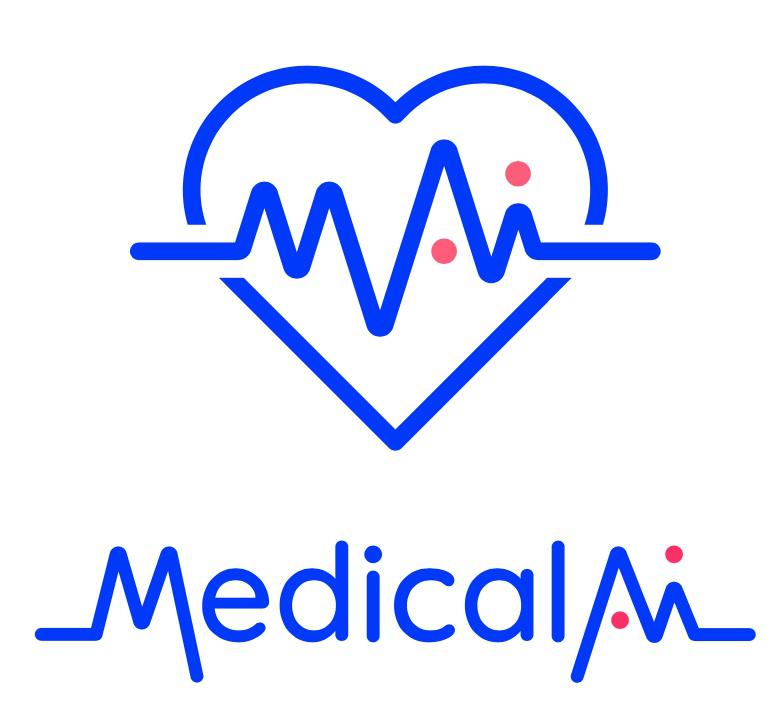
- 논문 제목 : 'Artificial intelligence assessment for early detection and prediction of renal impairment using electrocardiography'
- 일상생활에서도 쉽게 측정할 수 있는 심전도를 이용해 콩팥병(신부전)을 진단하는 연구로, 세계적으로도 시도된 바 없는 최초의 연구
<메디게이트뉴스> 22.04.16 07:57
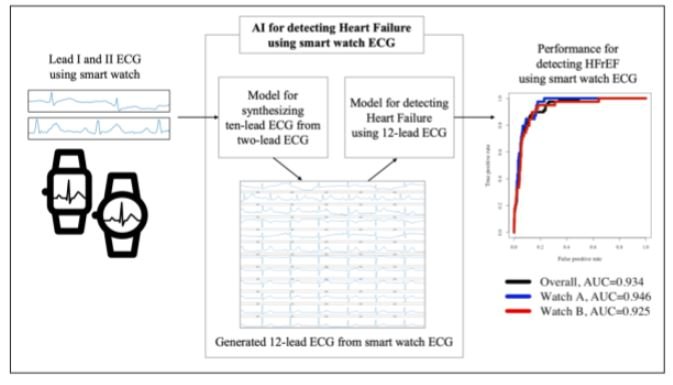
- 해당 연구는 AI(인공지능) 기술을 통해 심전도를 생성, 스마트워치로도 심부전을 진단할 수 있는 사실을 밝힘
- 700여 명의 환자 대상 스마트워치로 기록한 심전도를 AI 기술로 12유도 심전도로 구성. 95% 정확도로 심부전을 진단
<머니투데이> 2022.04.12 17:57
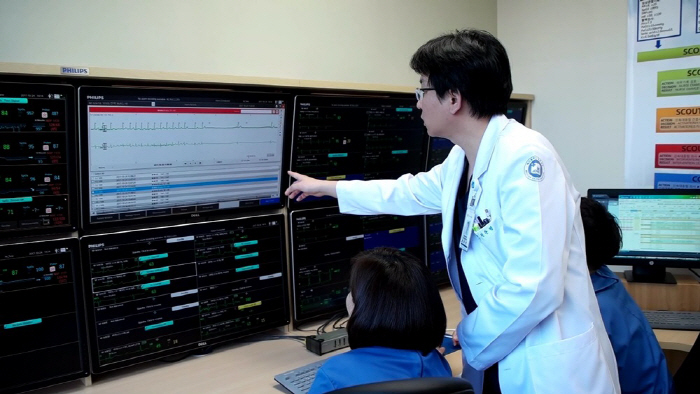
- 국내에서 연간 1500만건의 심전도가 측정되는데, 대부분의 검사가 전문가 판독을 받지 못하고 있는 실정
- 심전도 판독이 필요한 병원으로부터 자동 전송 받은 자료를 심장내과 및 중환자 응급의학과 전문의가 판독, 회신
<매일경제> 2022-03-28 15:10:09
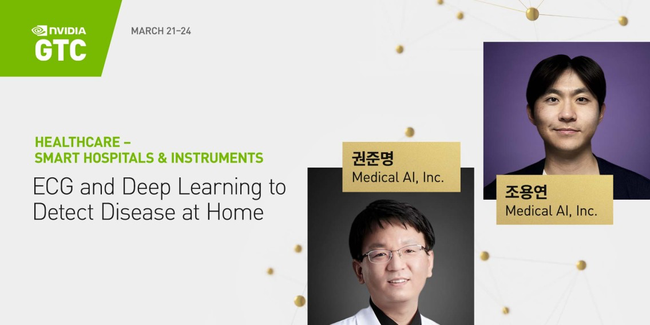
- 'NVIDIA GTC'는 인공지능(AI) 컴퓨팅 기술 분야의 선두 주자인 엔비디아가 주관하는 세계적 규모의AI 컨퍼런스
- 'Health care and Life science' 세션에서 홈헬스케어 활용되는 AI 기술, 스마트워치 활용한 심전도 기반 질병 진단기술 등 발표
<메디게이트뉴스> 22.03.25 07:36
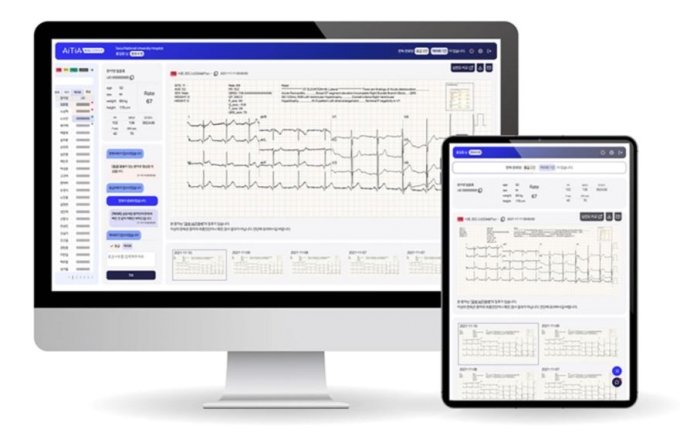
- 제왕절개 수술을 앞둔 산모의 'WPW 증후군'을 원격 판독센터 서비스를 통해 발견
- 국내 대부분의 심전계와 자동 연동, 심장내과 및 중환자 응급의학과 전문의가 판독, 회신하는 특징
<머니투데이> 2022.03.24 17:10

- 심전도 헬스케어의 디지털 변화를 통한 부정맥 진단의 현재와 미래에 대해 부정맥 전문가와 논의
- 메디컬에이아이 권준명 기술이사는 회사의 AI 개발 환경 및 21개 병원과의 공동 연구 개발 시스템 소개
<메디게이트뉴스> 2022.03.07 16:37
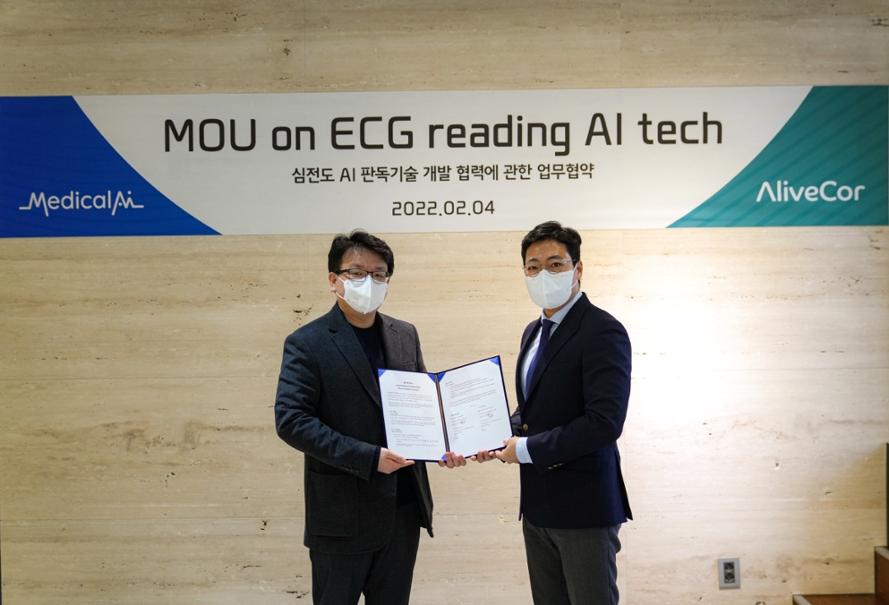
- ▲심전도 AI 판독 센터 상용화 ▲디지털 헬스케어 솔루션 구현 및 상용 서비스를 위한 심전도 판독 사용 및 운영 등 전방위 상호 협력 약속
<메디게이트뉴스> 22.02.11 16:36
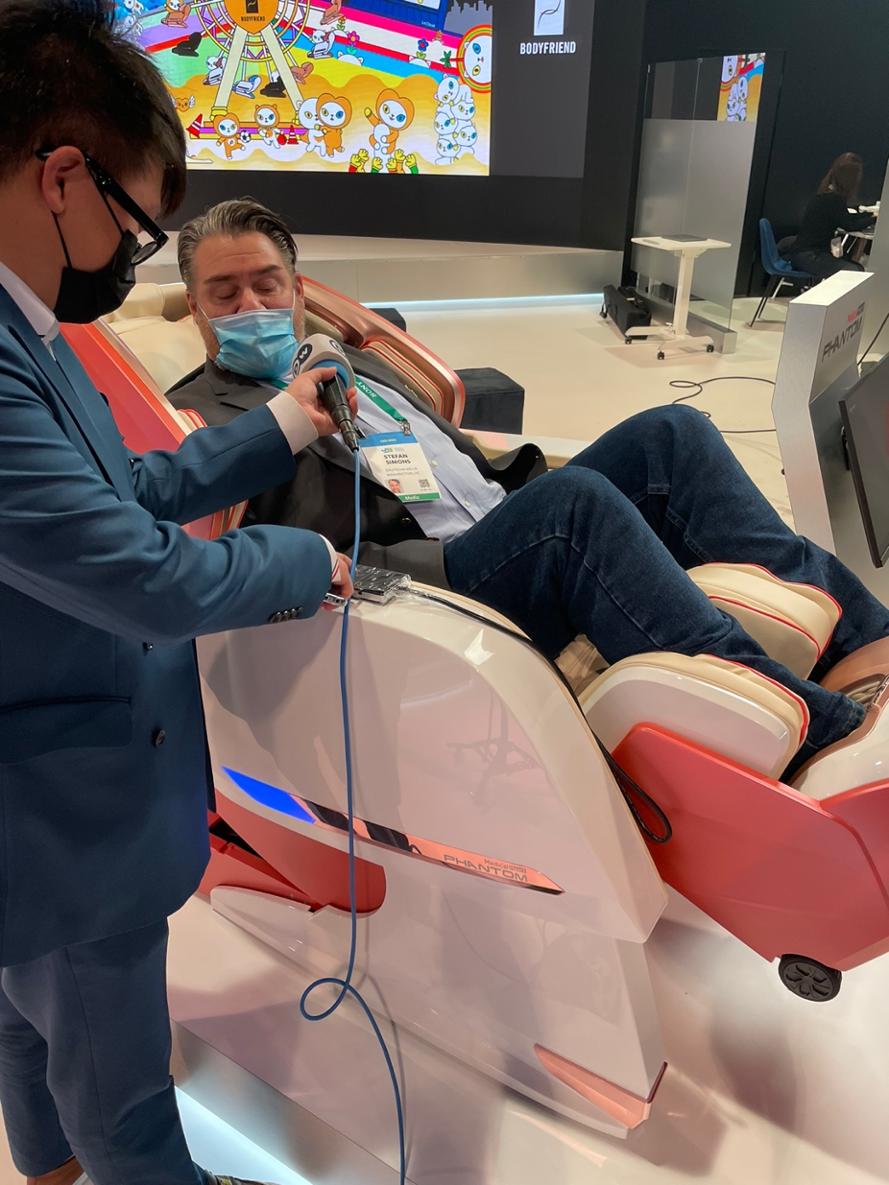
- 의사-의사 간 심전도 판독협진 서비스인 'AiTiA 심전도 센터'와 홈헬스케어기기를 통해 심장질환의 AI 분석 가능한 'MAI-ECG 서비스' 공개
- 식품의약품안전처로부터 제9호 혁신의료기기로 지정받은 AI소프트웨어 카디오-이지스를 비롯해 다양한 알고리듬의 신기술 선보여
<메디게이트뉴스> 22.01.09 11:13
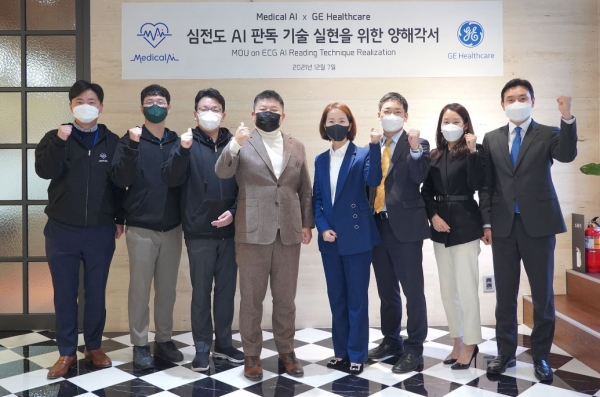
- 메디컬에이아이의 심전도 AI판독 기술과 GE헬스케어의 심전도 장비를 기반으로 한 심전도 AI 판독센터 상용화 등 협력
<메디게이트뉴스> 2021.12.15 09:08

- 메디컬에이아이 등 슬립테크 스타트업들이 개발하고 있는 기술과 제품 소개
- 권준명 기술이사(응급의학과 전문의)는 심전도를 이용해 24시간 내에 심정지를 예측할 수 있는 AI 기술 소개
<메디게이트> 2021.11.22 15:04
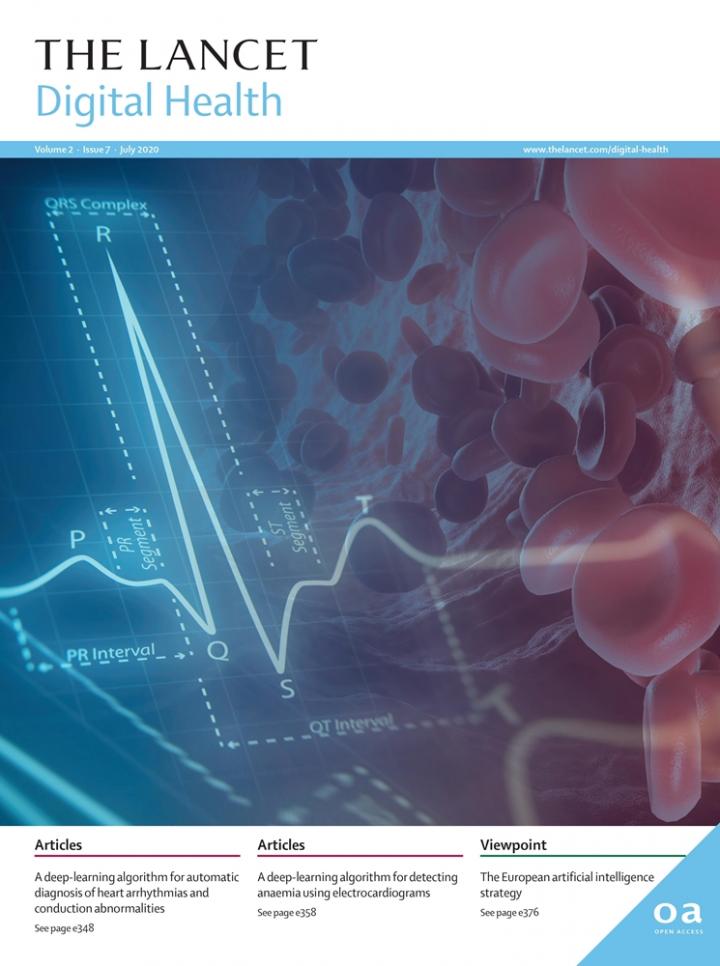
- 7만 건 이상의 심전도 데이터를 학습한 AI 기술로 분석해 빈혈의 진단과 수치까지 파악할 수 있음을 밝혀
- 메디플렉스 세종병원과 함께 바디프랜드와 메디컬에이아이가 인공지능 알고리즘 개발 및 정확도 검증에 참여
<이데일리> 2020.08.03 13:36